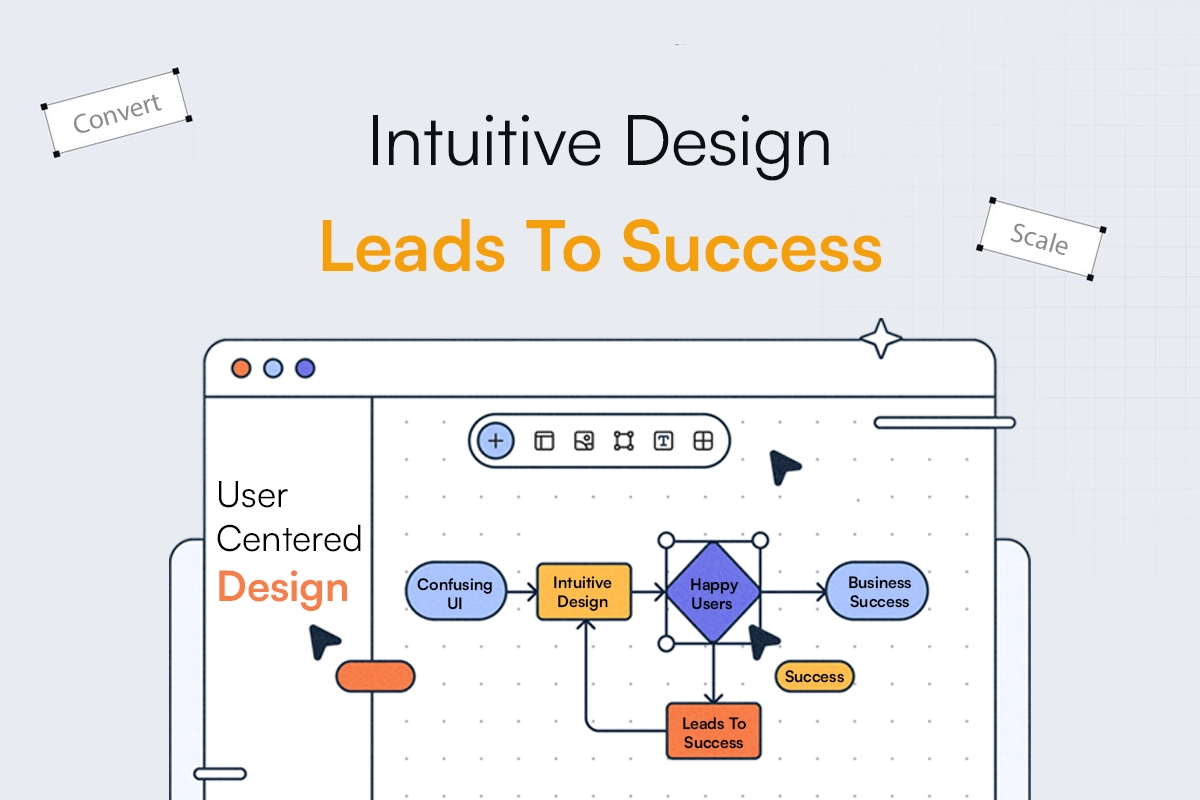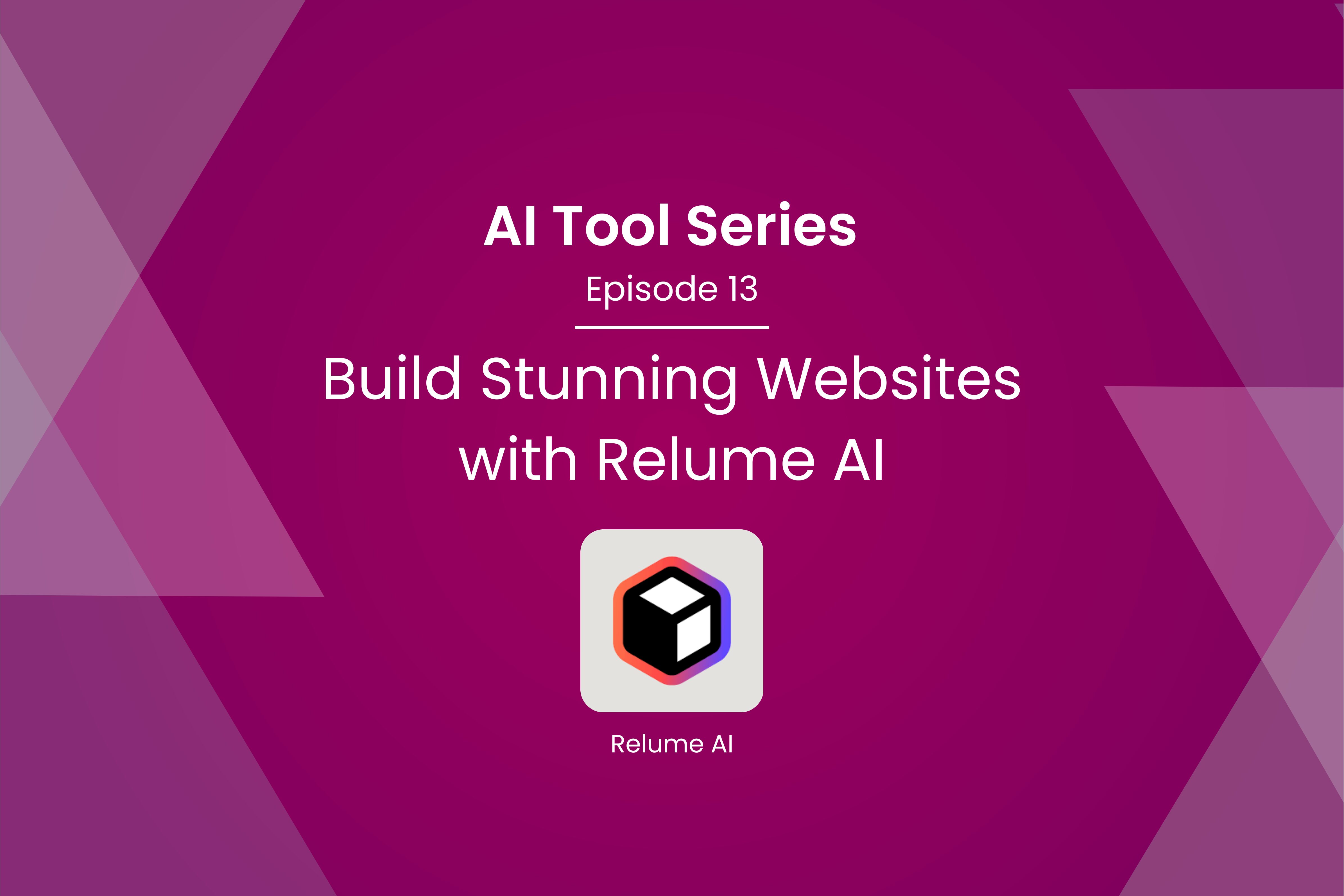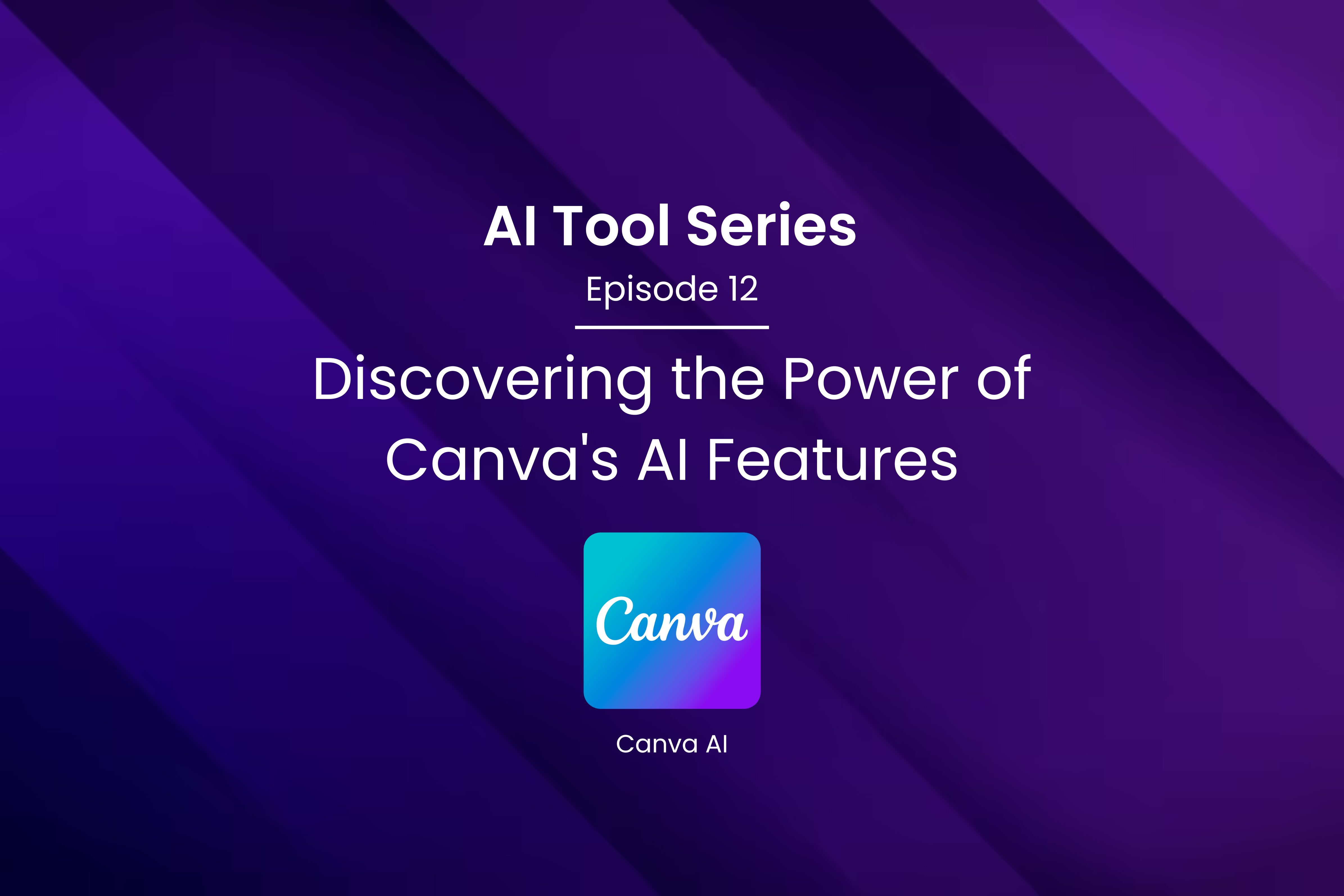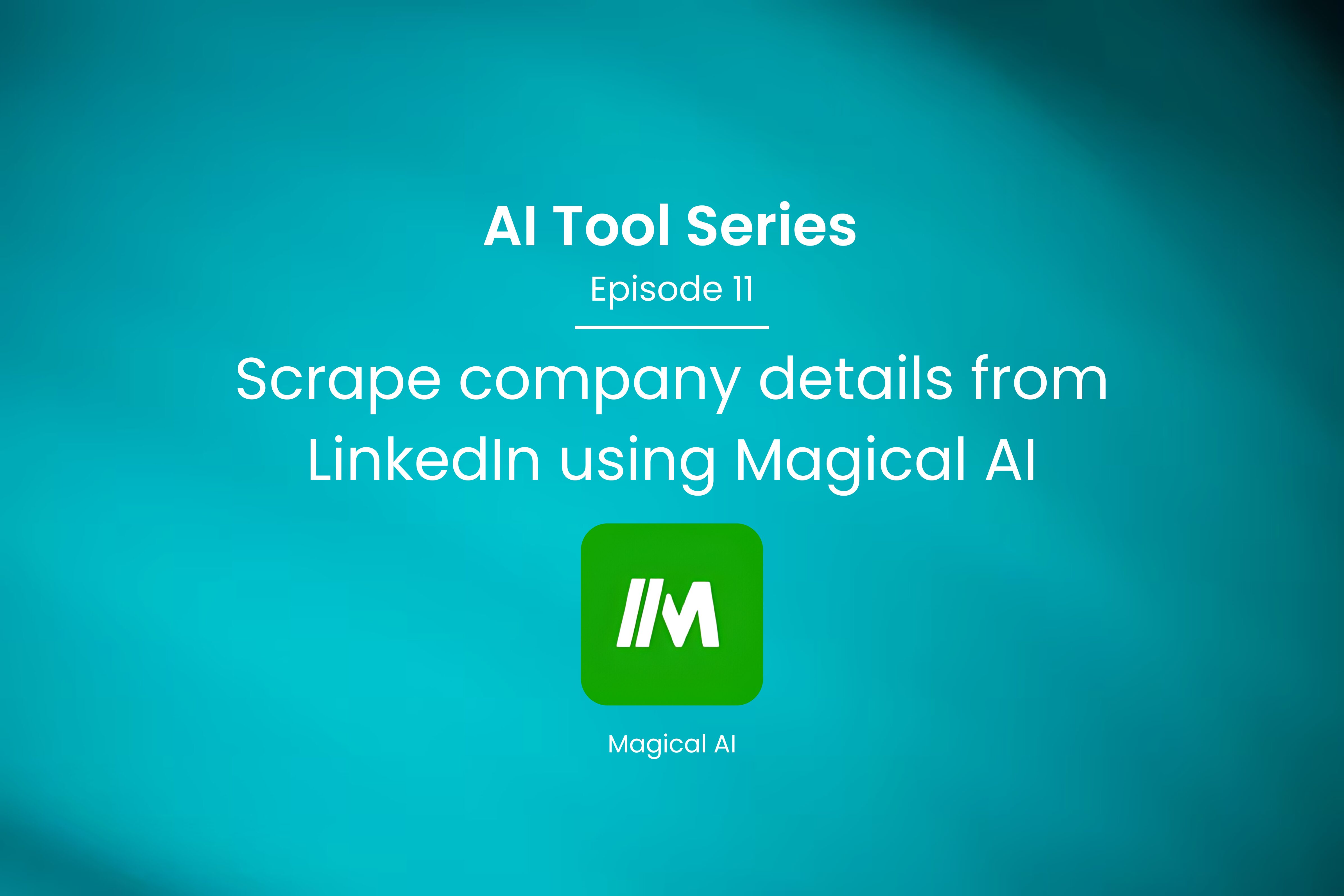How the Industry is Being Revolutionized by AI and ML in Test Automation

Across a range of sectors, automation using AI and ML has increased operational efficiency by an average of 40%. Their effect is widespread, ranging from smart home assistants that ease everyday activities to fitness monitors that use AI to improve training and applications that offer tailored suggestions to consumers. Automation testing tools have been observed optimizing test methods, while streaming services have been observed customizing music and movie suggestions based on user data. These technologies are pervasive and are changing how we engage with the environment.
The core of machine learning is creating algorithms that are intended to be helpful by using collections of examples of certain events. There is no requirement for explicit, rule-based programming for these instances to come from a variety of sources, such as natural occurrences, human-crafted datasets, or even production by other software.
Automation with AI and ML: Revolutionizing the Industry sector
Testing has advanced significantly over the years, moving from traditional functional testing to automation testing, where Selenium became a popular automation tool. But in today’s technological world, software testing needs to use cutting-edge testing strategies. The advent of AI-based testing tools in response has had a significant and wide-ranging effect.
In addition, businesses are actively looking for solutions that can maximize the potential of AI and ML algorithms to improve the effectiveness of test automation. Businesses are beginning to realize that AI-powered automated testing offers significant benefits. This methodology enables rapid and ongoing testing, almost total automation, and a faster return on investment (ROI).
It is possible for AI and ML to be smoothly incorporated into automated software testing processes, improving the proficiency, consistency, and effectiveness of test scripts. But companies face many challenges associated with traditional automated testing methods. Artificial intelligence (AI)-driven automation techniques can be useful in solving these problems.
What role does AI play in reshaping the automation industry sector?
Time: Regardless of the reusability of components, testing teams find themselves rewriting a substantial amount of code with each new test automation project. Whether it’s adding a new tool or changing the company’s current structure, this repetitive procedure might take a while. Artificial intelligence (AI) technologies provide an automated and quick way to create test scripts.
Changes: Product teams often alter apps, even when the alterations are minute or invisible to consumers. Test scripts may malfunction as a result of these changes when they attempt to execute specific page activities. AI/ML technologies are able to use auto-healing approaches to navigate these modifications and guarantee that test scripts continue to run without errors.
Test script coverage: It might not be possible to execute the whole regression suite of test cases in Agile projects after each change. However, using a variety of project characteristics and differences, AI/ML technologies may help testers create and configure regression test suites that are precisely suited to the changes.
Seven Ways to Automate Tests using AI and ML
One area of QA testing that AI and ML have had a big influence on is test automation. The use of these cutting-edge technology has revolutionized the way firms view, organize, and carry out testing. Let’s investigate some interesting applications of ML and AI for test automation:
Predictive Analysis: Through the analysis of historical test data, algorithms using AI and ML in test automation are able to forecast possible software issue areas. Test engineers may improve software quality by proactively addressing fault-prone regions, thanks to these predictive capabilities.
Intelligent Test Generation: Test cases are generated and prioritized by AI-powered automated testing tools according on user activity. By guaranteeing that crucial pathways and functionalities are thoroughly tested, this method lowers manual labor and guarantees reliable software programs.
Visual Validation Testing: In test automation, AI and ML allow for thorough comparisons of displays and pictures across various browsers and devices. The technology ensures a uniform user experience across platforms by identifying subtle differences in the user interface.
Optimized Test Maintenance:
Test cases frequently need to be updated when software changes. Artificial intelligence streamlines maintenance by recognizing changes in the program and recommending appropriate adjustments to the test scripts.
Enhanced Test Coverage:
To find testing gaps, AI and ML systems examine enormous volumes of test run data. This data-driven methodology lowers possible risks and guarantees thorough test coverage.
Adaptive Continuous Testing:
AI and ML algorithms adjust and rank tests based on code changes in Continuous Integration and Continuous Deployment (CI/CD), guaranteeing that recent code changes are immediately validated.
Natural Language Processing in Test:
Test requirements are understood in plain English by AI-powered testing solutions with natural language processing (NLP) capabilities, enabling non-technical stakeholders to write test scenarios.
AI-Driven Test Automation tools
Code that generates random inputs for different fields may be used by developers, testers, or SDETs when using basic automated testing. However, a large percentage of these tests frequently become unnecessary or do not match the planned commercial purpose of the application. Since developers have a better grasp of the precise business flow and user requirements, manually created tests are more beneficial in these situations.
Artificial intelligence (AI) offers a fantastic opportunity to improve automated testing so that it complies with business logic. For example, after adding an item to their online shopping basket, visitors are usually sent to a screen where they can enter their address. Conventional testing typically entails using a static address to verify an API; however, with AI/ML automated testing, it is possible to produce a dynamic array of input values that follow logic and cover a more thorough assessment of the applications, resulting in more reliable and secure results.
This testing strategy is an advanced software testing technique that smoothly integrates deep learning, artificial intelligence, and machine learning into automated testing. Improving software quality and expediting software delivery are its goals. I truly suggest checking out ACCELQ if you’re excited to use AI and ML to achieve reliable automation.
Functional Virtualization and Reconciliation:
supporting the practice of shifting left in test automation and helping in-sprint automation synchronize with CI/CD.
Element handling and bot healing:
Imagine your test automation being long-lasting and low maintenance. You may eliminate inconsistent or inaccurate testing by regularly identifying dynamic factors using bot healing.
Auto-generation of test cases:
See how real-time, scientific identification of permutations and flows leads to optimal test coverage. The most thorough test coverage is ensured by the automated development of test cases, making this possible.
Test Data Generator Using Synthetic Data Generation:
Applications for synthetic data may be found in many different use cases, and it is useful for both functional and non-functional testing. It may also be used to successfully apply the data-driven strategy.
Conclusion
In today’s dynamic world, it is imperative that we, as pioneers in the field of digital assurance, stay up to date on the latest developments in technology and business approaches. To increase our productivity and succeed, we also need to become acquainted with state-of-the-art AI-based technologies and gain the necessary abilities.
Applications for synthetic data may be found in many different use cases, and it is useful for both functional and non-functional testing. It may also be used to successfully apply the data-driven strategy.





